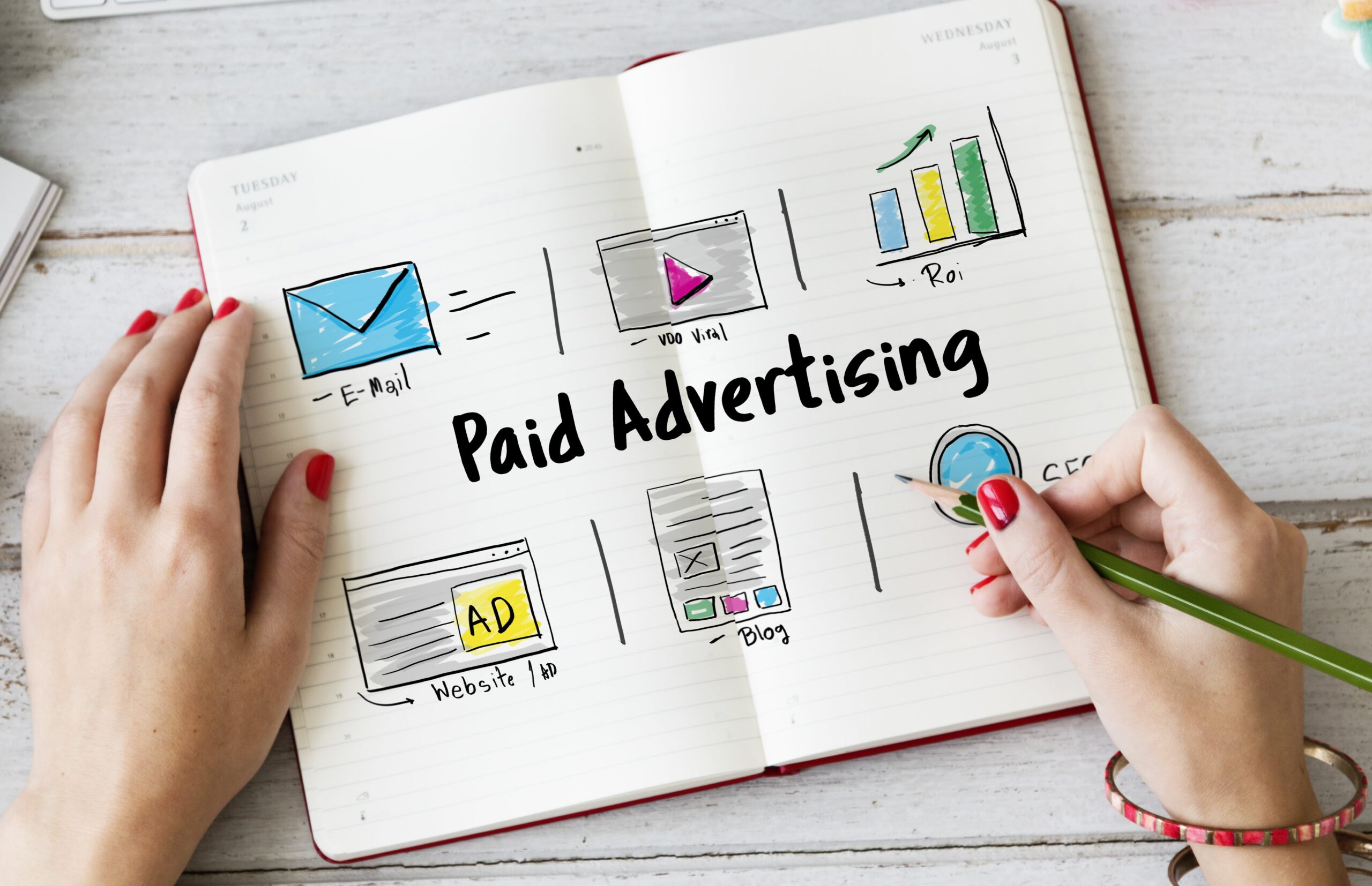
In today’s digital age, Pay-Per-Click (PPC) advertising has become an indispensable part of any effective digital marketing strategy. With the right PPC strategies in place, businesses can drive targeted traffic to their websites and convert that traffic into valuable leads and sales. However, with so many different PPC platforms and tactics available, it can be overwhelming for businesses to know where to focus their efforts. That’s why in this blog, we will explore the most effective PPC strategies that businesses should prioritize to build successful ad campaigns. So, whether you’re a seasoned PPC pro or just getting started, read on to learn how to build the most effective ad campaigns for your business.
Build Better Ad Campaigns with Proven PPC Strategies
PPC advertising is a crucial component of digital marketing, allowing businesses to target specific audiences and measure the effectiveness of their campaigns. However, to achieve success with PPC, it’s important to stay up-to-date with the latest trends and strategies. The key areas of focus for optimizing your PPC campaigns include identifying conversion actions, integrating with Google Analytics 4, utilizing automation, testing video and responsive display ads, and leveraging customer match targeting. By incorporating these tactics into your PPC strategy, you can improve your targeting, increase conversions, and drive greater ROI for your business
Conversion Actions
The first step in building an effective PPC campaign is to determine your conversion goals. This means identifying the specific actions that you want your audience to take, such as completing a purchase, filling out a contact form, or making a phone call. By tracking these actions, you can measure the effectiveness of your ads and make data-driven decisions about how to optimize your campaign. With advanced tracking tools available in ad platforms and analytics platforms, it’s important to evaluate whether you’re tracking all the necessary conversion actions and to re-evaluate your goals periodically.
PPC Ads and GA4
The most recent version of Google’s analytics technology, Google Analytics 4 (GA4), provides strong features for monitoring and analyzing user behavior on your website. If you’re using Google Ads and importing goals from Google Analytics, you’ll need to make sure your goals are tracking correctly in GA4 and create new conversion actions as necessary. For other ad platforms, you’ll need to create custom URLs with tracking parameters to ensure that you’re collecting accurate data. By integrating conversion data into your reporting, you can gain insights into which campaigns and ads are most effective and adjust your strategy accordingly.
Man Your Automation
While automation can help streamline your PPC campaign management, it’s important to remember that it’s not a “set-it-and-forget-it” solution. Automated bidding strategies and smart creatives require ongoing monitoring and adjustment to ensure that they’re delivering the results you want. Assess your PPC plan and identify the aspects of your account that could be automated, including bid management, ad creation, and script utilization, as a part of your strategy. Compare the results of automated campaigns to previous manual campaigns to identify areas for improvement.
Video Ads
Video ads have become increasingly popular in recent years, but many advertisers have yet to explore this format. YouTube offers a straightforward way to test video ads and gather data on targeting and creativity that can be applied to other platforms, such as Microsoft video ads. With the newly released Microsoft Audience Network, advertisers can expand their reach beyond YouTube and reach audiences who are more likely to watch videos on MSN. Testing video ads can help you identify new opportunities for engaging with your target audience and delivering your message.
Responsive Display Ads
If you’ve been relying on static image display ads, consider testing responsive display ads. These ads use machine learning to dynamically combine headlines, descriptions, and images to fit into any ad space on the web. This can help simplify the creative process and expand your inventory opportunities on the display network. Additionally, Google Ads provides performance feedback that you can use to optimize your ad assets. By running responsive display ads alongside traditional image display ads, you can test and compare the results of each format.
Customer Match
With the growing importance of first-party data and the limitations of third-party cookies, customer match is a powerful targeting strategy that can help you reach your most valuable customers. By uploading a customer list to your ad platform, you can target those customers again or create lookalike audiences based on their characteristics. While not every user on your list will be matched by the ad platform, customer match can be a valuable tool for reaching your target audience and delivering personalized messages.
Traditional Strategies that You Shouldn’t Miss
Here are some traditional strategies that you should not miss when creating ad campaigns:
- Measurement: It is important to check your current conversion goals and ensure that they are upgraded to GA4 if you are using Google Analytics tracking. This will allow you to accurately track and measure the performance of your ads and make data-driven decisions.
- Automation: Several components of your ad account can be automated, from bidding to creative to using scripts. By automating these processes, you can save time and improve the efficiency of your campaigns. It is important to monitor the results of your automation to ensure that it is working effectively.
- Ad Types: There are many different ad types available, and it is important to experiment with different formats to find the ones that work best for your business. Some suggested ad types to consider include video and display ads, which can help to improve performance and reach new audiences.
- Targeting: With the increasing restrictions on cookies, it is more important than ever to use your first-party data to target your ads effectively. This can include data from your website, CRM, or other sources. By using your own data, you can ensure that your ads are reaching the right audience and driving results for your business.
Final Thoughts
In conclusion, PPC advertising is an essential part of any digital marketing strategy, and there are many proven strategies that businesses can focus on to build the most effective ad campaigns. By identifying conversion goals, integrating with Google Analytics 4, utilizing automation, testing video and responsive display ads, and leveraging customer match targeting, businesses can improve their targeting, increase conversions, and drive greater ROI. It’s also important not to overlook traditional strategies such as measurement, automation, ad types, and targeting to ensure that you’re getting the most out of your PPC campaigns. By staying up-to-date with the latest trends and strategies and continuously testing and optimizing your campaigns, you can build a successful PPC campaign that delivers results for your business.













